Below I've included a schematic that belongs to a adafruit light sensor, the VEML7700. The output of the light sensor is fed into the source of a mosfet which seems to always be ON since the gate is tied to the voltage regulator output of 3.3V. Thus it seems that the I2C lines would just be affected by the 10k resistor tied to Vin which could be larger than 3.3V. What is the reason for this design?
-
It's a rudametary bidirectional level shifting circuit. See the linked question for an explanation of how the circuit works – Tom Carpenter Aug 02 '21 at 21:38
-
@TomCarpenter this is exactly what I needed. I understood the circuit at a basic level but I needed this in depth explanation of the circuit. Thank you! – Ricky Hernandez Aug 03 '21 at 19:28
2 Answers
Your analysis about the circuit is correct.
It's an I2C bus voltage level shifter.
That's the part of the circuit that allows a 3.3V device that can't handle higher voltages to communicate with another device that may use higher voltage like 5V for communication.
- 127,425
- 3
- 97
- 261
-
Thank you! I didn't realize this helps in allowing different voltage levels of communication. I didn't put the pieces together to get to that conclusion – Ricky Hernandez Aug 03 '21 at 19:30
The gate voltage being permanently held at 3.3V does not mean than the MOSFET is on all the time.
It is the difference between gate and source voltages that determines if the drain-source channel is open or closed.
In this application when the SDA_3V (right side) signal drops to 0V, then that difference is +3.3V (gate is 3.3V higher than source) and the MOSFET is turned on. In that situation, the left side SDA is connected directly to the right-side, now at 0V.
When SDA_3V is high, at 3.3V, the gate-source potential difference is 0V and the MOSFET is off. Then the drain-source channel is high resistance, and SDA is pulled up to VIN (presumably +5V) by R36$3.
- 27,759
- 2
- 16
- 87
-
Thanks I knew I was missing something from my understanding. I understood the basic function but couldn't see it using a more voltage analysis – Ricky Hernandez Aug 03 '21 at 19:32
